Today, in the early stages of the 3D printing evolution, the primary reason dental laboratories use the technology is to make models. This is because intraoral scanners are becoming popular in a growing number of dental offices. For dentists, the technology gives lots of useful feedback, such as proper preparation designs. That helps the lab, of course, because it enables the technician to avoid some typical problems, including lack of room. Also, there generally aren’t parallelism issues anymore with bridges. Dentists can easily avoid these and other problems because they get the feedback from their systems.
While models are a big jump ahead, there are other objects that can be printed and offer other advantages.
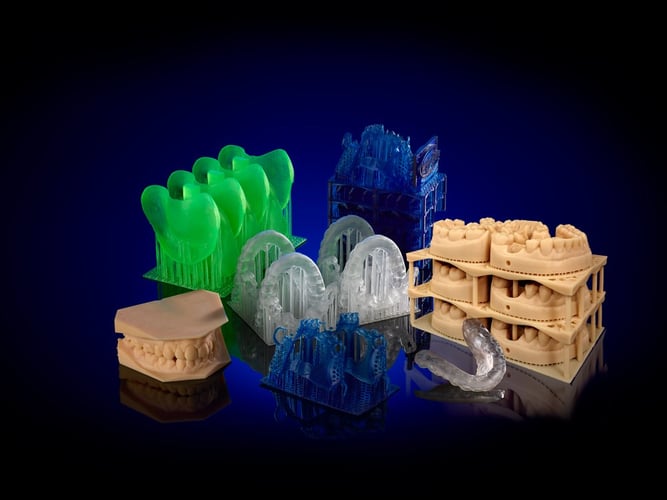
3D printed partial denture frames are one example. My lab is a crown and bridge lab, so historically we never were directly involved with designing or making partial dentures. Of course, there have been times when it has been necessary to design fixed/removable cases, because we do the fixed portion of that planning for the rests, the clasps, and the guide planes. As printing technology evolves, it's putting this kind of capability into our labs. I can easily see a time when my lab will be doing an increasing number of RPD frameworks. Designing and fabrication is much easier with a 3D printer and, because it’s a huge market, it’s something we would like to explore.
Printed surgical guides are another area that a fair number of laboratories are either providing or looking into. It, too, is a growing area of digital technology that can be extremely profitable. And then there are custom trays and orthotics. These things are all possible with 3D printers and digital design and can potentially offer avenues of revenue in our labs that we may not yet recognize.
3D printing the burnout pattern is an excellent application for casting and pressing. Digital printing technology is perfect for bridges and frames, due to the consistent accuracy of the fits and the controlled thicknesses of the margins. And because the patterns are produced in layers with a very high resolution in a printer, you can make your margin offsets and the thinness of your margins down to well under 0.1mm, 0.08mm, 0.05mm. That means that you can create really fine margins that you wouldn’t be able to do if you were milling.
Dimensional problems with casting long-span bridgework have been eliminated since they can now be printed in one piece digitally, rather than having to wax, sprue, invest then cast separate pieces. Historically, that has been the source of warpage problems.
Of course, not all materials are ideal for burning out. Some resins will burn out and leave a residue. That's something else you must consider and evaluate in terms of resin selection and developments.
Yes, 3D printing technology opens up lots of opportunities for the dental laboratory, but it does require us to educate ourselves to really understand and evaluate proper techniques to ensure excellent restorations.



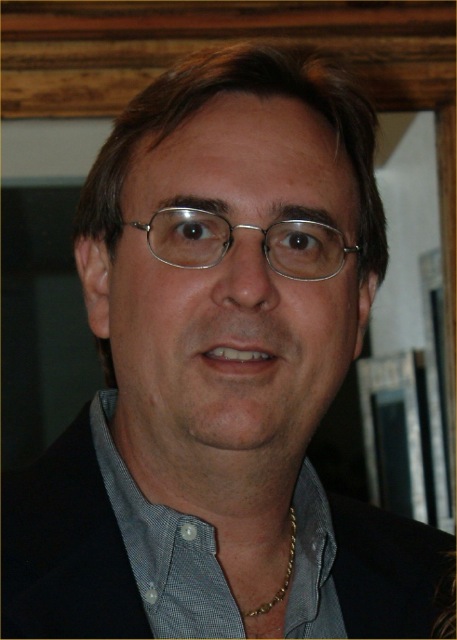



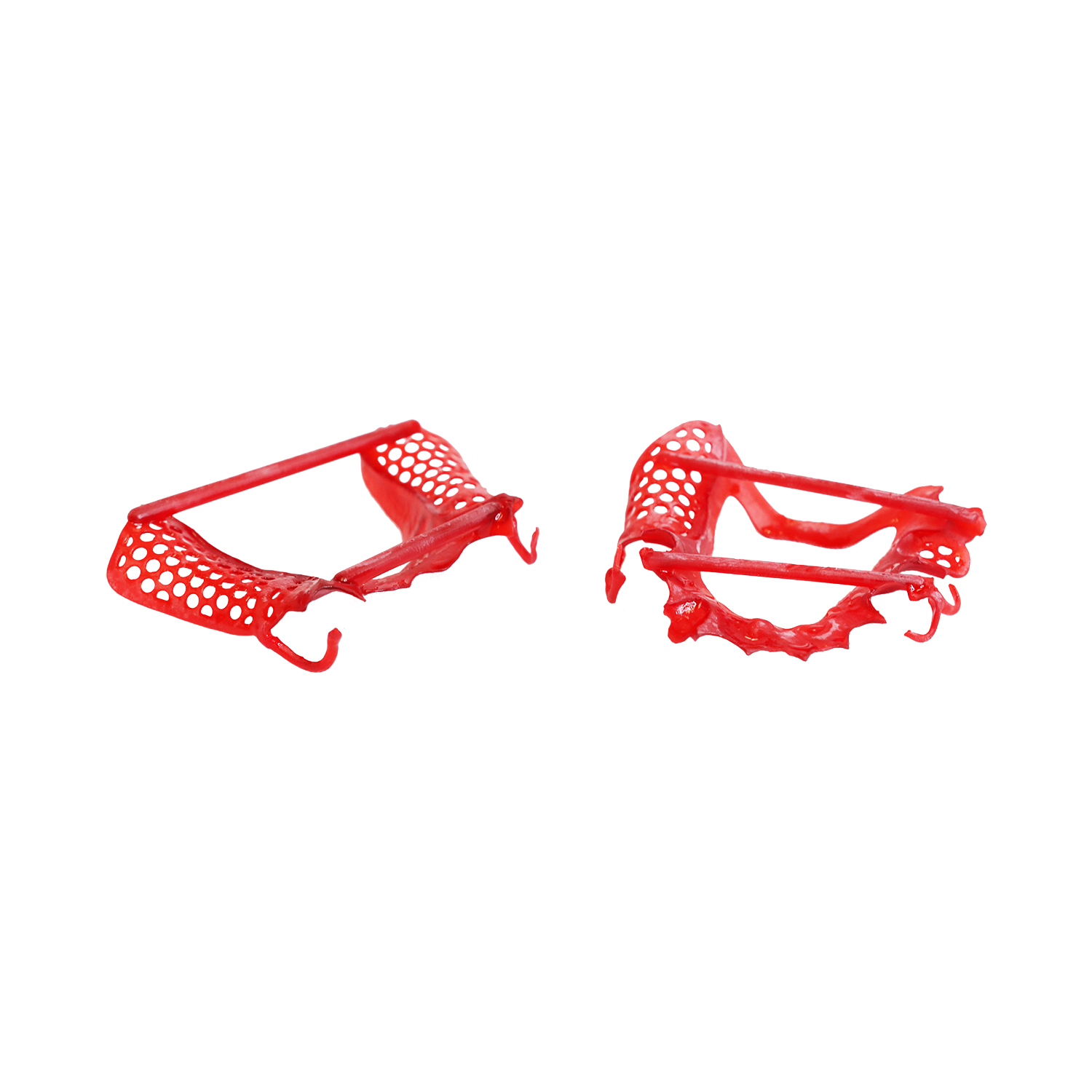

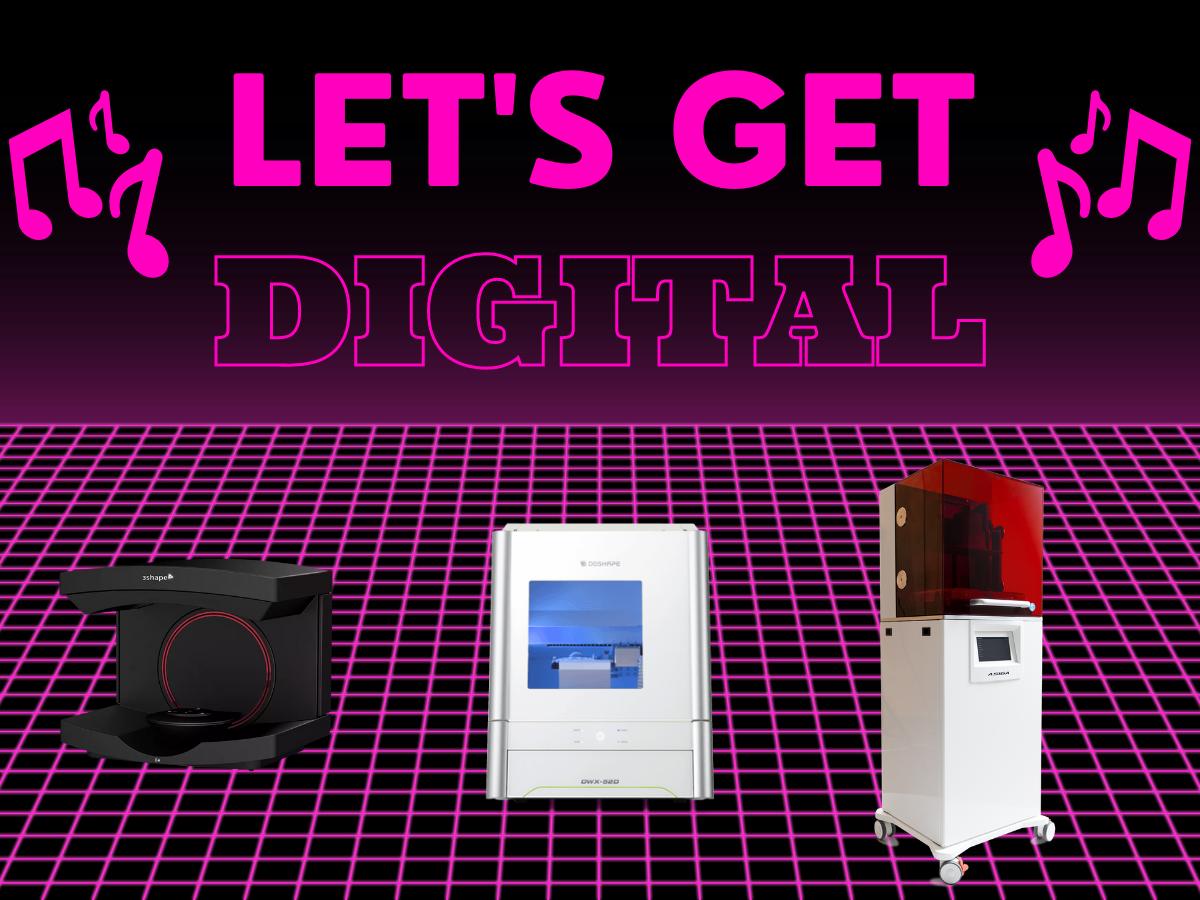
.jpg)
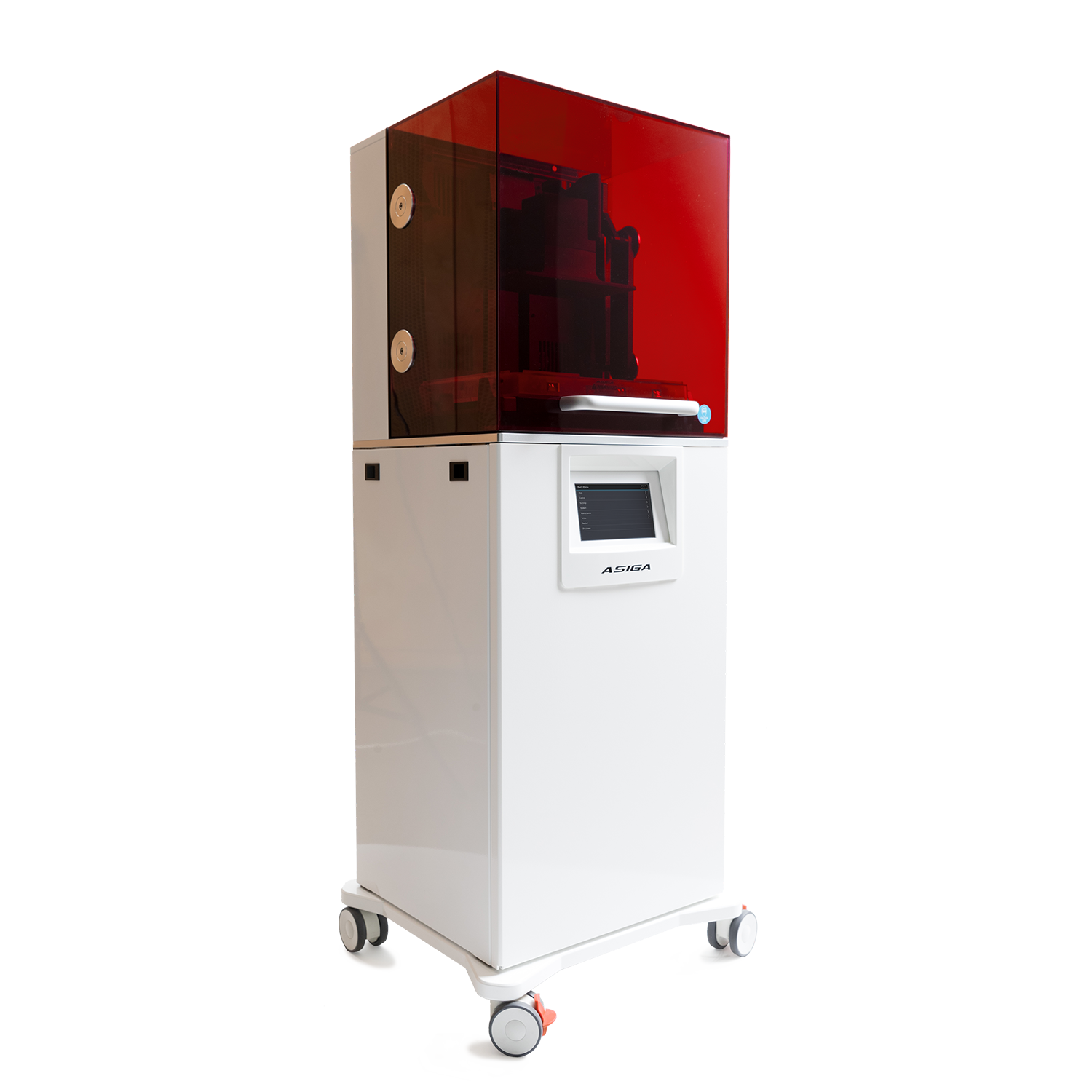
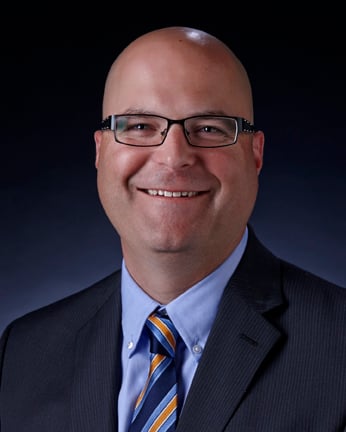
Leave a comment